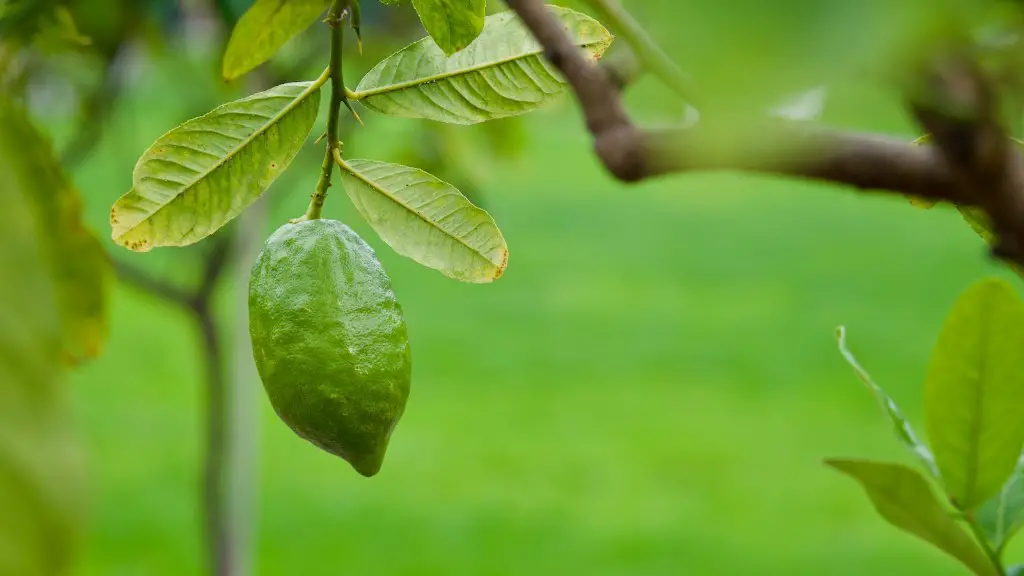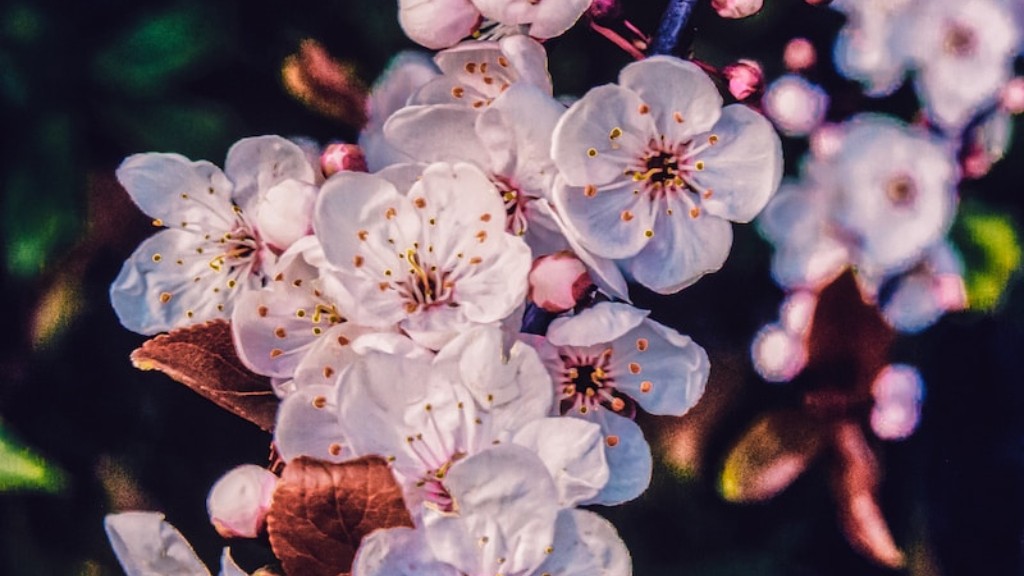Planting lemon trees in your house can provide a plethora of benefits. From adding a fresh scent to purifying the air of harmful toxins, these trees can truly transform your home’s atmosphere. However, there are certain considerations to take into account when choosing where to plant your lemon tree, such as sunlight, temperature, and soil requirements. Let’s go through each of these in detail.
Firstly, it is important to take into account the amount of light the tree will receive. Lemon trees require full sun, ideally from six to eight hours every day. If your home is constantly shaded throughout the day, you may want to reconsider growing a lemon tree indoors. If your chosen spot receives enough sunlight, you’ll need to ensure that it’s the right temperature.
Lemon trees thrive best in temperatures between 59 to 86 degrees Fahrenheit. Temperatures that are too hot or too cold may stunt growth and affect the trees’ overall health. If you want to successfully grow your lemon tree indoors, it’s important to choose a spot that has an appropriate temperature.
Finally, you’ll need to consider the type of soil in your chosen spot. Lemon trees love sandy, well-draining soil with a clay content of no more than 30%. You’ll also need to make sure the soil doesn’t become waterlogged by digging drainage holes around the base of the pot. If you’re unable to find soil with the right clay content, you may want to consider adding fertilizers or soil conditioners.
By taking into account these key factors such as sunlight, temperature, and soil when planting a lemon tree in your house, you’ll set yourself up for success. With a bit of extra effort and attention, you can be sure to get the most out of your lemon tree in terms of both quality and quantity.
Preparing the Soil
Preparing the soil is one of the key steps in planting a lemon tree in your house. It’s important to ensure the soil is of high quality and has the right pH balance as well as clay content. To do this, you should opt for either potting mix, composted soil, or sandy loam. To ensure the soil is well-draining, you should dig drainage holes around the base of the pot and then place a mesh cloth over these to prevent weeds from growing.
When choosing the type of soil for your lemon tree, it is important to consider the texture and drainage of the soil. If the soil is too dense or wet, the lemon tree will not be able to take in enough oxygen and nutrients necessary for its growth, and so it’s important to get the right balance when it comes to soil type and soil quality.
It also pays to fertilise the soil as well, to ensure your lemon tree receives all the necessary nutrients it needs to grow and produce healthy fruit. All these actions will help you ensure your lemon tree will thrive in your home.
Pruning the Lemon Tree
Pruning your lemon tree is essential if you want to ensure it remains healthy and produces an abundant amount of quality fruit. Pruning involves removing dead, diseased, or insect-infested branches in order to make room for new growth, as well as deadheading flowers and thinning out overcrowded branches. Pruning should be done lightly every two to three years. It is important to be careful not to prune too many branches at once, or else the lemon tree’s growth could be stunted.
The best time for pruning is generally in the spring or summer, as this is when new growth is most evident. Additionally, it’s important to use good-quality pruning tools such as a hand saw or shears so that you don’t accidentally damage the tree. Pruning your lemon tree will help ensure it continues to produce healthy fruit for many years to come.
Watering Requirements
To ensure a healthy lemon tree, make sure you water it regularly. Lemon trees prefer the soil to be evenly moist, but not soggy. It’s best to check the depth of the soil with your finger before you decide to water. In general, the soil should be moist to a depth of two to three inches. Additionally, make sure to water the soil evenly throughout the surface, since uneven watering can also lead to poor health.
When watering your lemon tree, make sure you don’t overdo it. Doing so can lead to root rot and weaken the foundation of the tree. It’s better to water the tree more frequently but with less water, so that the soil never becomes soggy. Doing so will not only encourage healthy growth but prevent other diseases from developing.
Fertilising the Lemon Tree
Fertilising your lemon tree is important in order to ensure its overall health and productivity. Every two to three months during the growing season, it’s important to feed the tree a well-balanced fertilizer. It should be a fertilizer with a low nitrogen ratio, to avoid over-fertilizing the lemon tree. Additionally, it’s important to water the soil well before and after applying the fertilizer, so that it’s well-mixed in.
Another way to fertilise your lemon tree is by adding compost to the soil. Compost is essentially decomposed organic matter, and it not only helps provide the lemon tree with essential nutrients but also improves the soil structure. Make sure to add the compost lightly into the soil in order to reap its full benefits.
Harvesting the Lemons
Harvesting should occur when the lemons are slightly yellow and plump. You can also determine ripeness by gently pressing the fruit and seeing how soft it is. Once the lemons have been harvested, they will typically last two weeks without any refrigeration. If you want your lemons to last longer, you should store them in a cool and dry place.
It’s important to be aware that you should never harvest all the lemons from your tree at once. Doing so can deprive the tree of essential nutrients and make it difficult for it to produce more fruit. Instead, you should aim to harvest no more than 1/3 of the lemons from your tree at a time.
Protecting the Lemon Tree From Pests
It is important to protect your lemon tree from damaging parasites, as these can affect the health of the tree and reduce the amount of fruit it produces. To do this, you should constantly monitor the lemon tree for signs of pests. If you spot any, you should address the issue immediately by either cutting off infected branches or spraying the tree with an appropriate pesticide.
Moreover, it is important to create an environment that is unfavorable to pests. This can be done by regularly pruning the lemon tree to maintain its health, as well as cleaning up plant debris in the surrounding area. This will ensure your lemon tree has the best chance of surviving and producing juicy lemons all year round.



